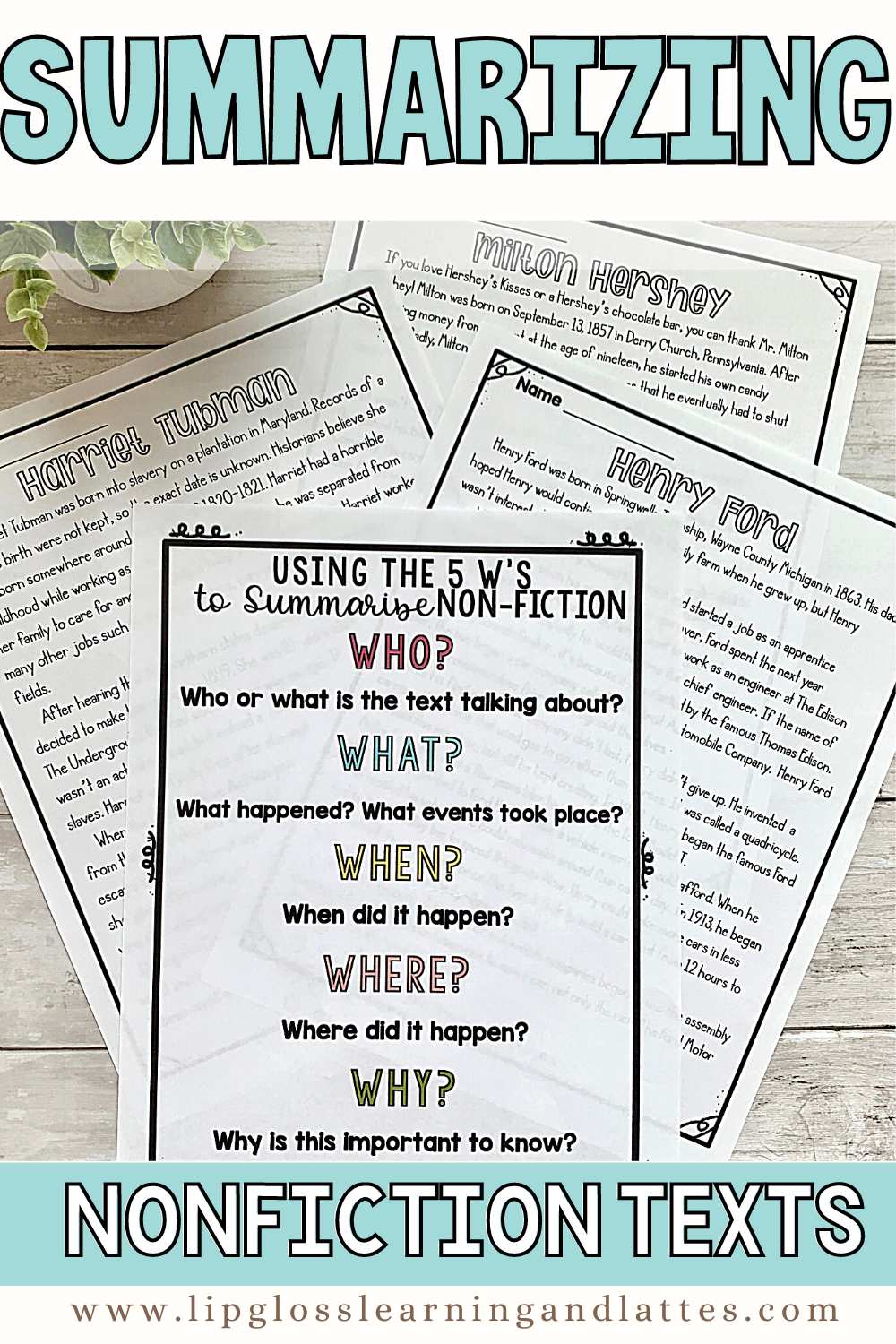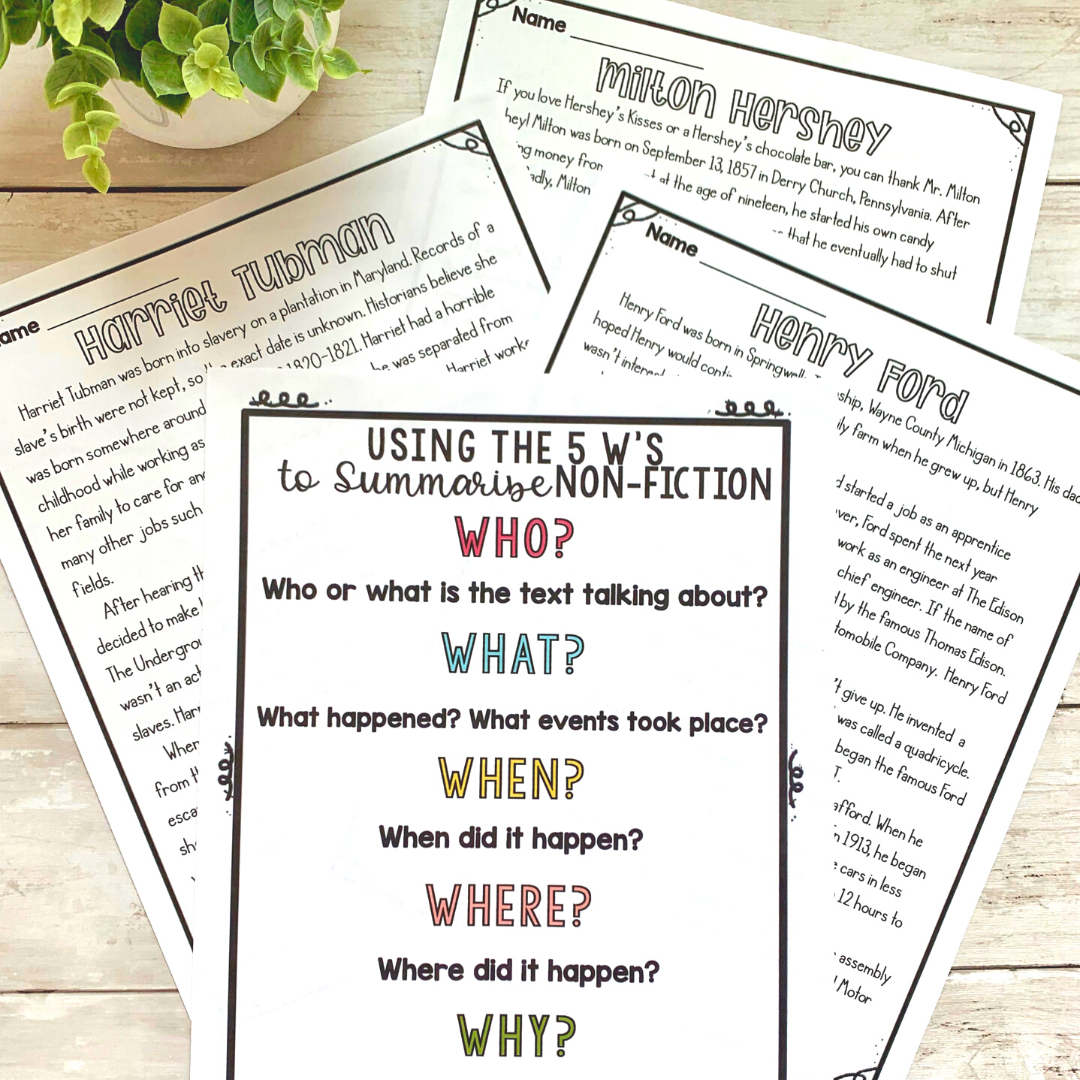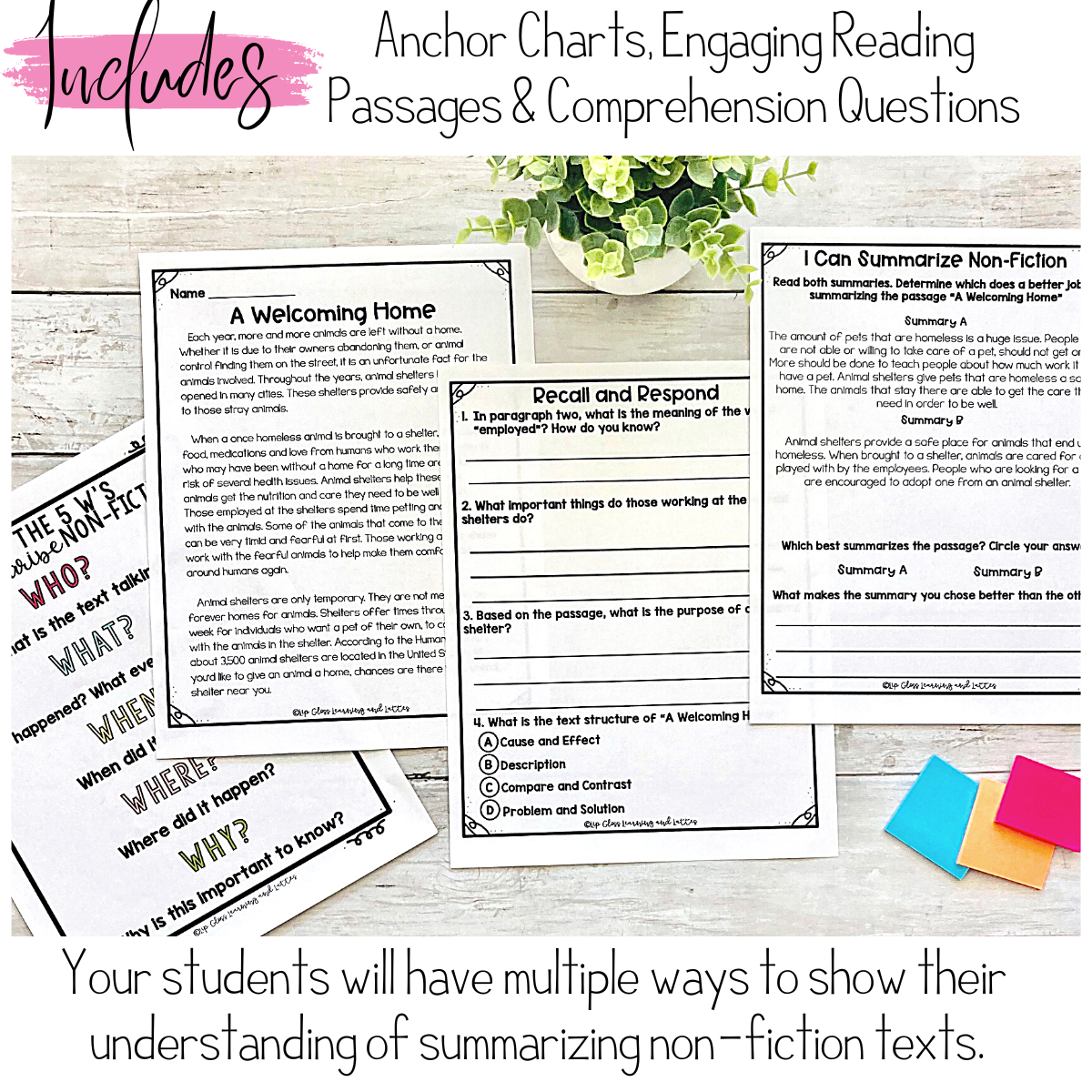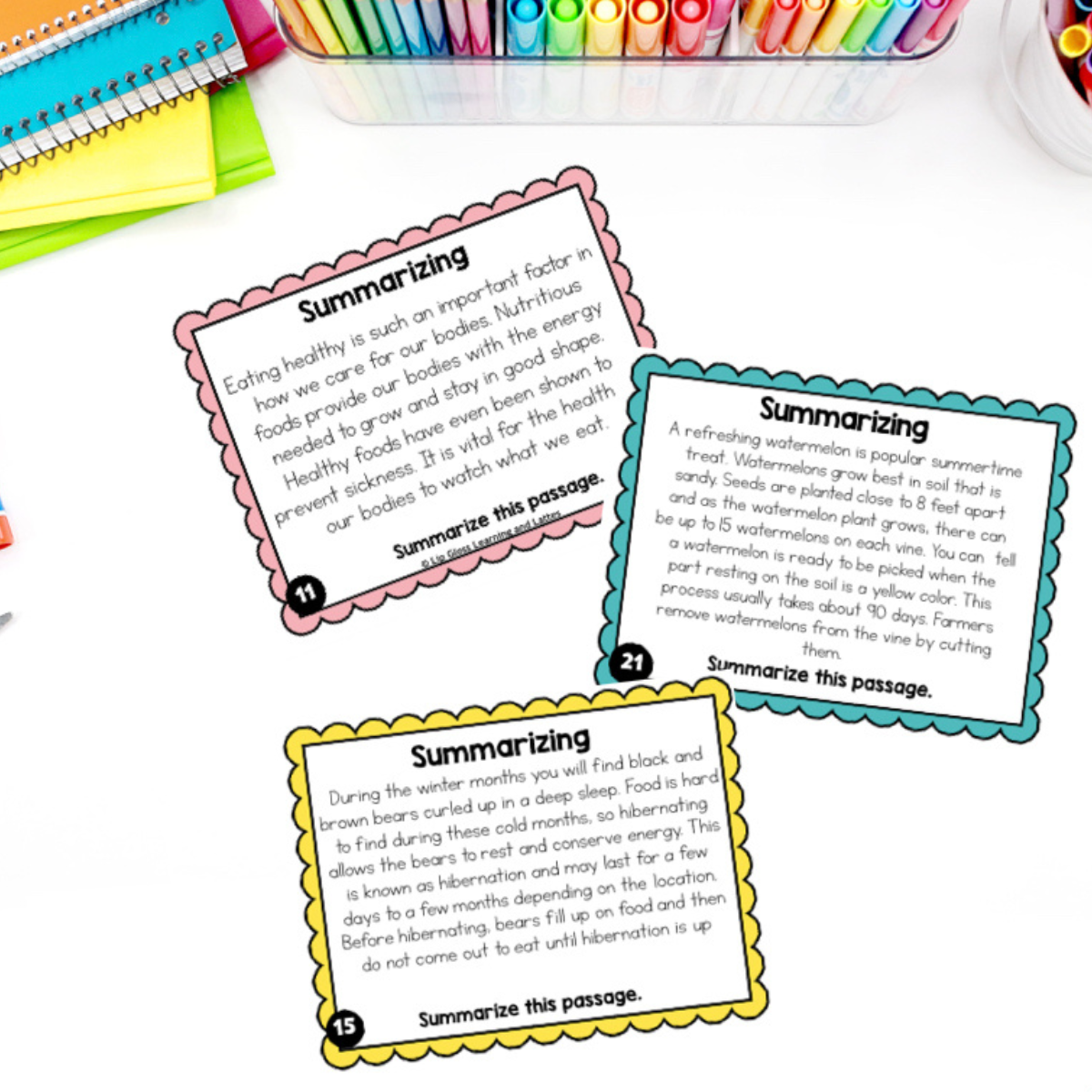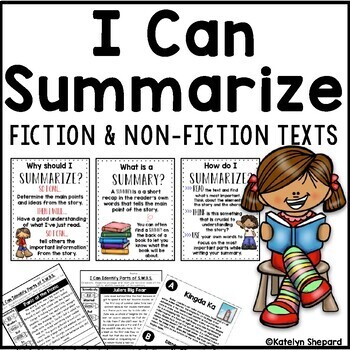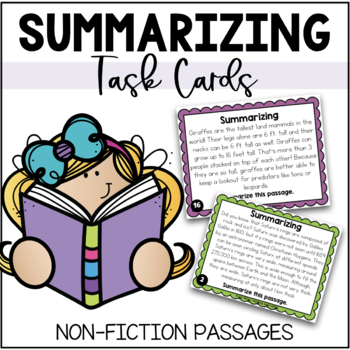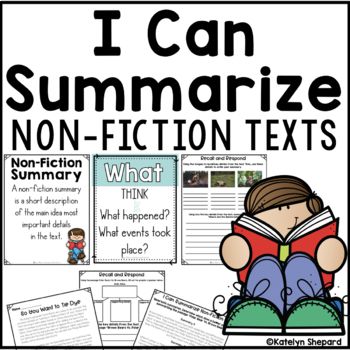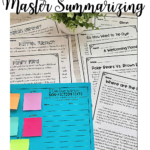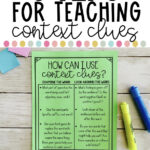Tips for teaching summarizing nonfiction
Summarizing nonfiction can be tough for students to learn and for teachers to teach. From the start, students are encouraged to give “as many details as they can” from the text. They become experts at retelling. Then, summarizing is introduced and they are thrown a curveball, because no longer are we asking them to provide tons of details.
Just the important ones.
When it comes to summarizing nonfiction texts, a text with SO MANY details, it can be extremely hard for students to know which details are important.
In order to get our students to understand how to summarize nonfiction texts, we must first make sure they understand which details to include and then give them plenty of practice doing so.
Today I’ll share with you tips for teaching summarizing nonfiction as well as resources (and freebies) you can use with your students.
Tip 1: Teach importanT Vs. Interesting when summarizing nonfiction
It’s important to spend some time teaching students the difference between “important” and “interesting” information as they read and summarize nonfiction texts.
I like to describe important information as information you must know to understand the main idea. The interesting facts are facts that you may enjoy reading, but are not critical in understanding the main idea of the text.
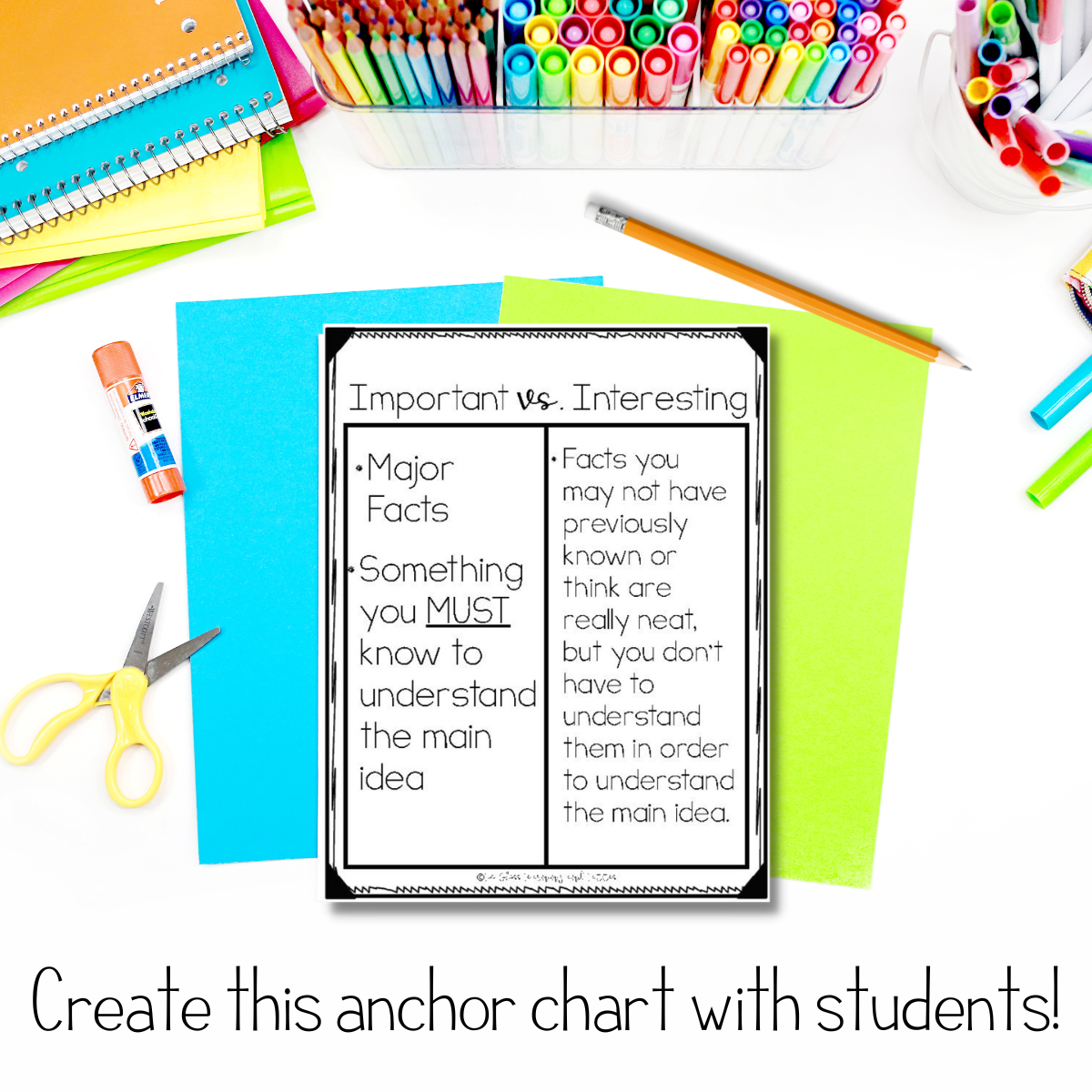 A simple “Important and Interesting” anchor chart can help students understand the difference between both types of information as they gather text evidence when summarizing nonfiction.
A simple “Important and Interesting” anchor chart can help students understand the difference between both types of information as they gather text evidence when summarizing nonfiction.
I suggest creating an anchor chart with students like the one above. It’s extra helpful to students that you fill it in together, rather than completing it beforehand! Feel free to use this one as a guide!
Then, have students place information they gather into one of the two categories. Check in with students to have them explain why they classified a fact as interesting or important.
Tip 2: Summarizing Nonfiction Using the 5 W’s
Often, we teach our students how to summarize using fiction texts first. If you haven’t yet, you’ll want to start now!
When it comes time to summarize nonfiction, I like to begin by introducing each of the 5 W’s + H. The 5 W’s + H being who, what, where, when, why, and how. You can use the questions below to get your students started summarizing nonfiction.
- Who is the text talking about?
- What events took place?
- When did the events take place?
- Where did the events take place?
- Why is the event in the text important?
- How did the event in the text happen?
I like to keep a set of 5 W’s posters like these handy. Discuss how these are all questioning words that will help us collect important key details from a text.
I like to start by reviewing posters like these, because the posters are often referred to as we continue to practice nonfiction summarizing.
Using the 5 W’s graphic organizer, model going through the text and locating the answers to the each of the questions. It’s important to model this for students multiple times while they are building confidence going back into the text to find exact answers. When a student gives me an answer before they’ve looked back into the text, I always say “prove it!”.
Model filling out a 5 W’s graphic organizer for students using one passage. Reviewing with them what each questioning word is used for. Then, partner students up, giving them a bit of support as they complete the same 5 W’s graphic organizer with a partner using a different story. Finally, allow students to complete one more graphic organizer using a third story on their own.
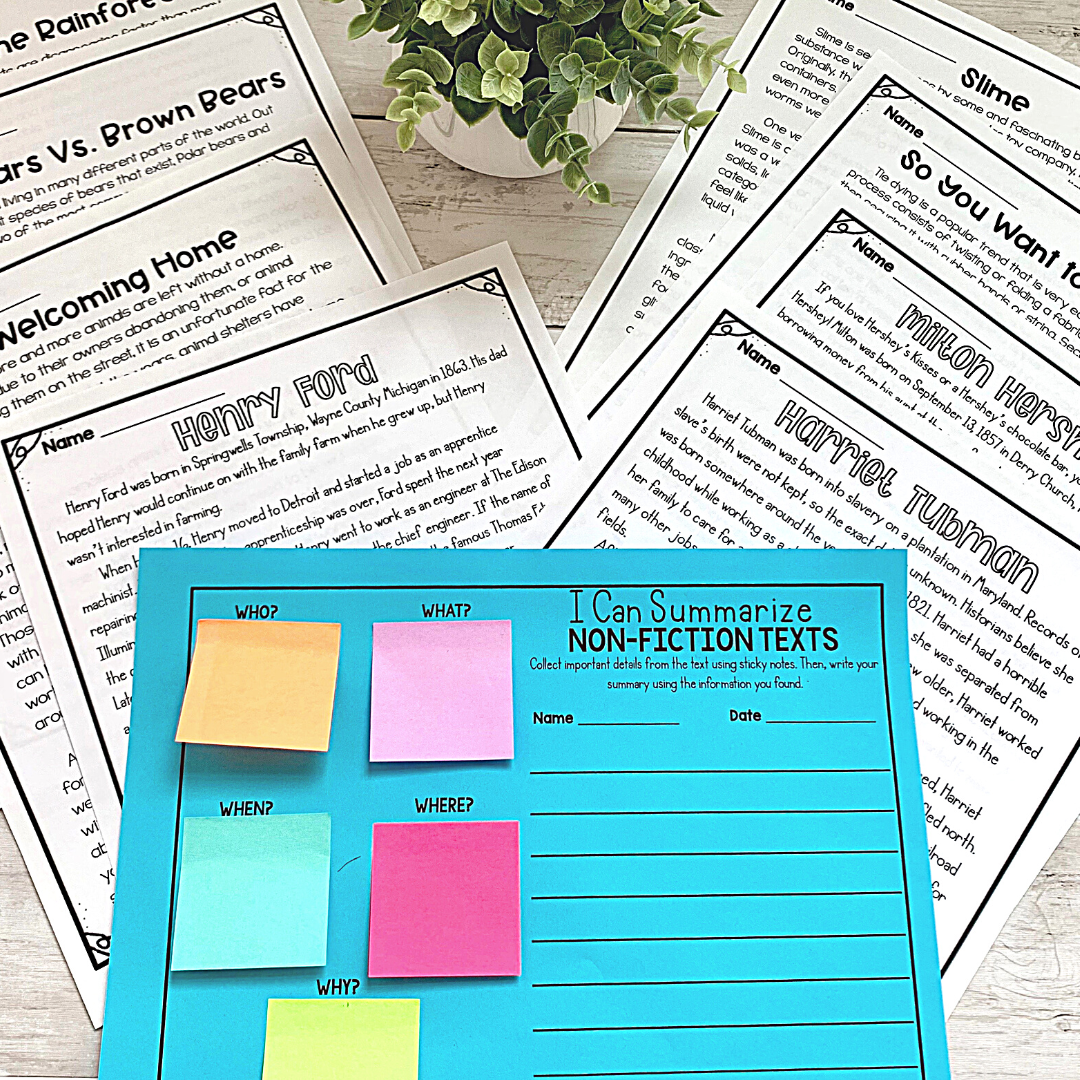 You can find these 5 W’s Graphic Organizers inside of my Nonfiction Summarizing Pack.
You can find these 5 W’s Graphic Organizers inside of my Nonfiction Summarizing Pack.
Step 3: Practice going back into the text to find answers
This is where your students put everything they’ve learned about summarizing nonfiction together and master locating key details in a text, most likely to answer comprehension questions. We cannot just tell students they must go back into the text, we must show them how. Many, many times!
I always stress to students that they must be able to “prove” their answers, not just recall an answer they think they read. Just like with every lesson, in order to teach students how to find answers using text evidence, start by modeling exactly what you want students to do.
Model:
Using the book or reading passage of your choice, model stopping at different points to answer the questions about the text. If it’s a printed passage you are using, model underlining the answers you’ve found to the questions directly in the passage. This is a great way for students to see the text evidence.
You can find nonfiction passages and comprehension questions like the ones above, in my Nonfiction Summarizing Pack.
When locating important details from the text and answering comprehension questions in order to summarize, I like to have students use different colors to underline the key details right in the passage. You can do this with any passage and set of comprehension questions. Simply assign a color to each question, so that students underline their text evidence with that questions color. I find doing this helps encourage students to really go back into the text.
Finally, for independent practice, have students use a third and final passage to read and summarize.
By now, they will have plenty of practice locating key details from the text and creating their nonfiction summaries.
SUMMARIZING nonfiction Practice
Now it’s time to give your students lots of practice!
I prefer to use shorter passages when first teaching students how to summarize nonfiction. This allows students to get lots of practice with the skill of summarizing, rather than spending a ton of time just reading the text.
Task cards like these are perfect for doing just this! The nonfiction passages are short and sweet and best of all-done for you! You can check them out here.
To read more about how I like to use task cards to increase reading comprehension, you can click HERE.
More on Summarizing Nonfiction
I hope you find these strategies and tips helpful when teaching students how to summarize nonfiction. Be sure to download the FREE Nonfiction Summary Activities below. I believe this will be a great start when helping your students summarize nonfiction texts.
You may also want to check out my related blogpost, 5 Ways to Help Your Students Master Summarizing.
What are your favorite ways to teach students how to summarize nonfiction?
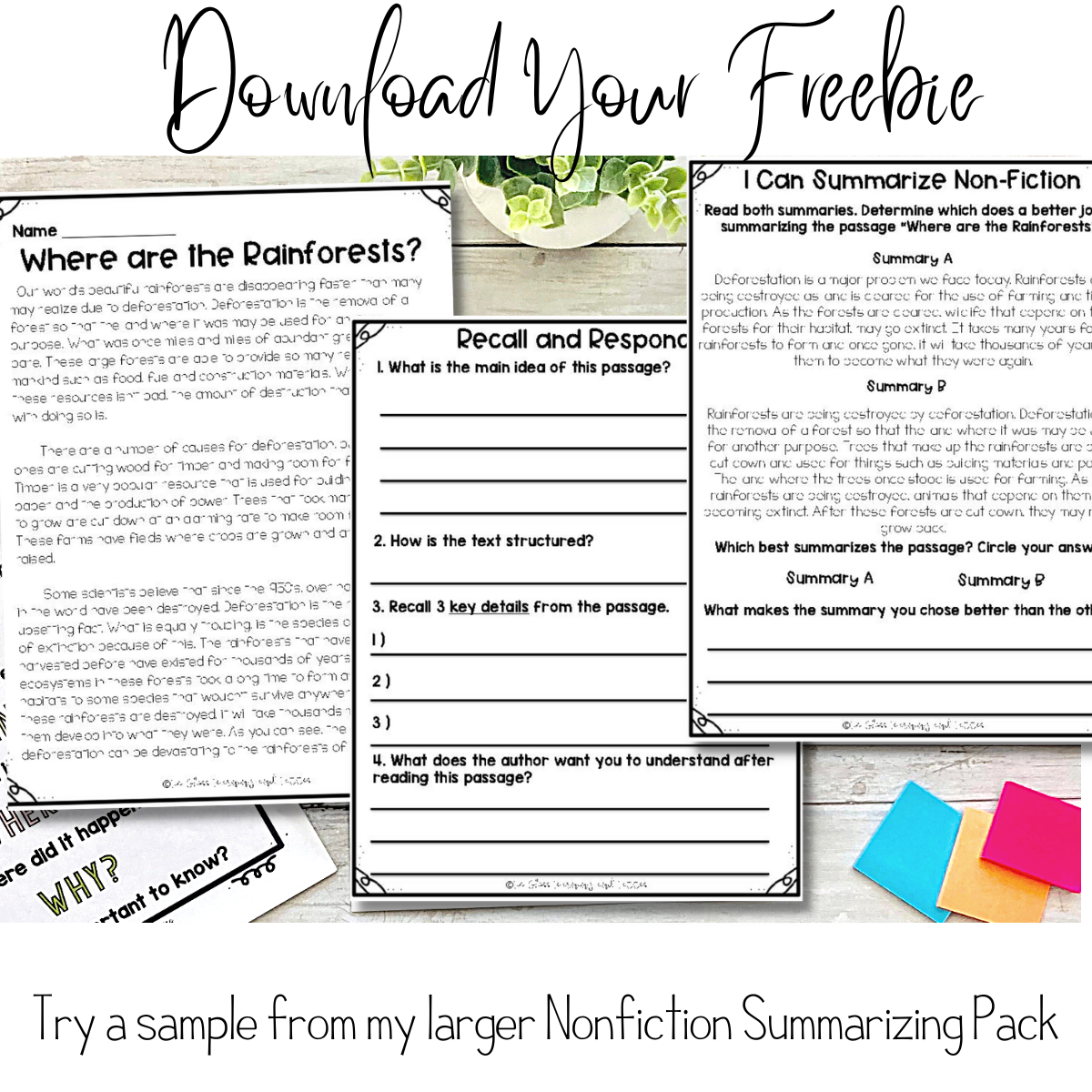
Looking for more no-prep, done for you summarizing resources? Check out these resources below on TPT. Just click on the image to see what all comes inside of the resource!
